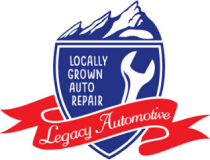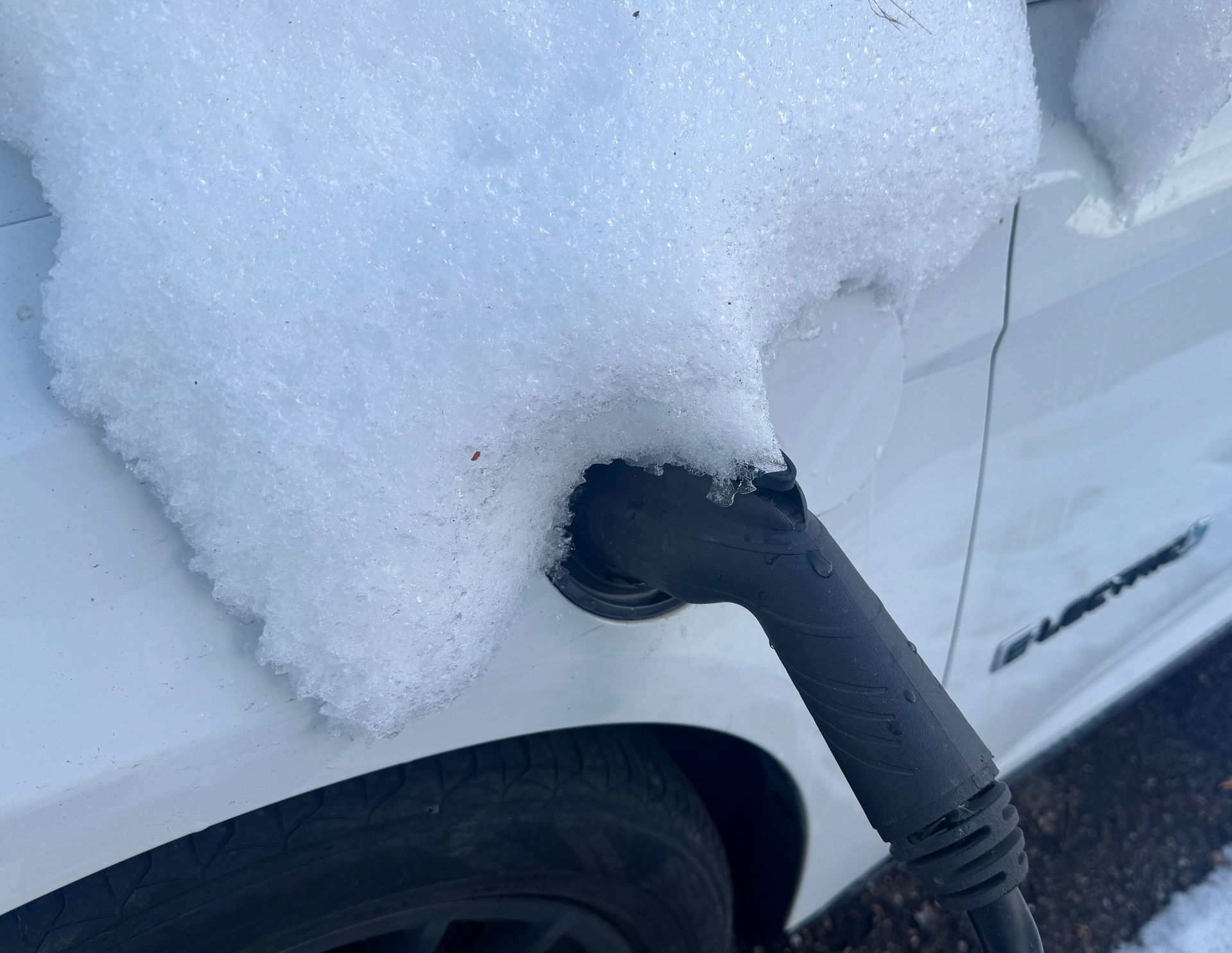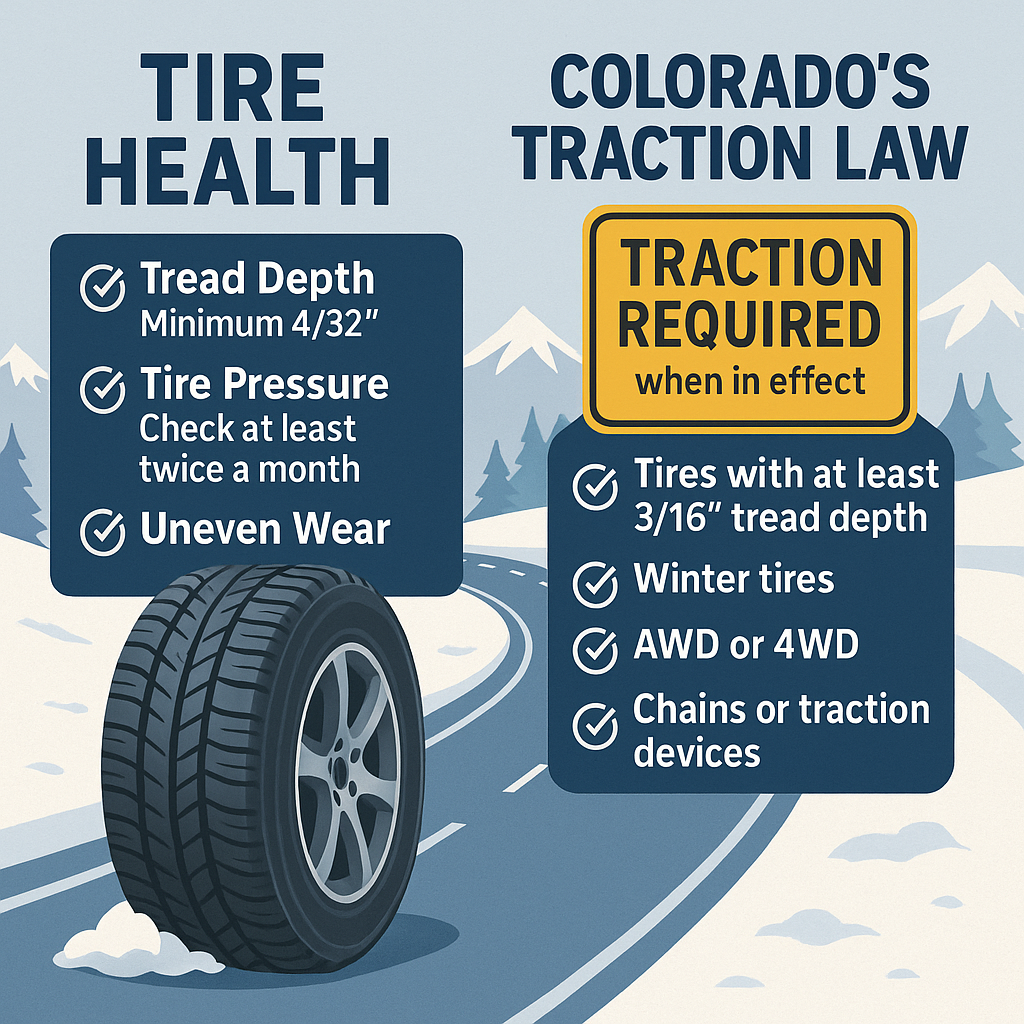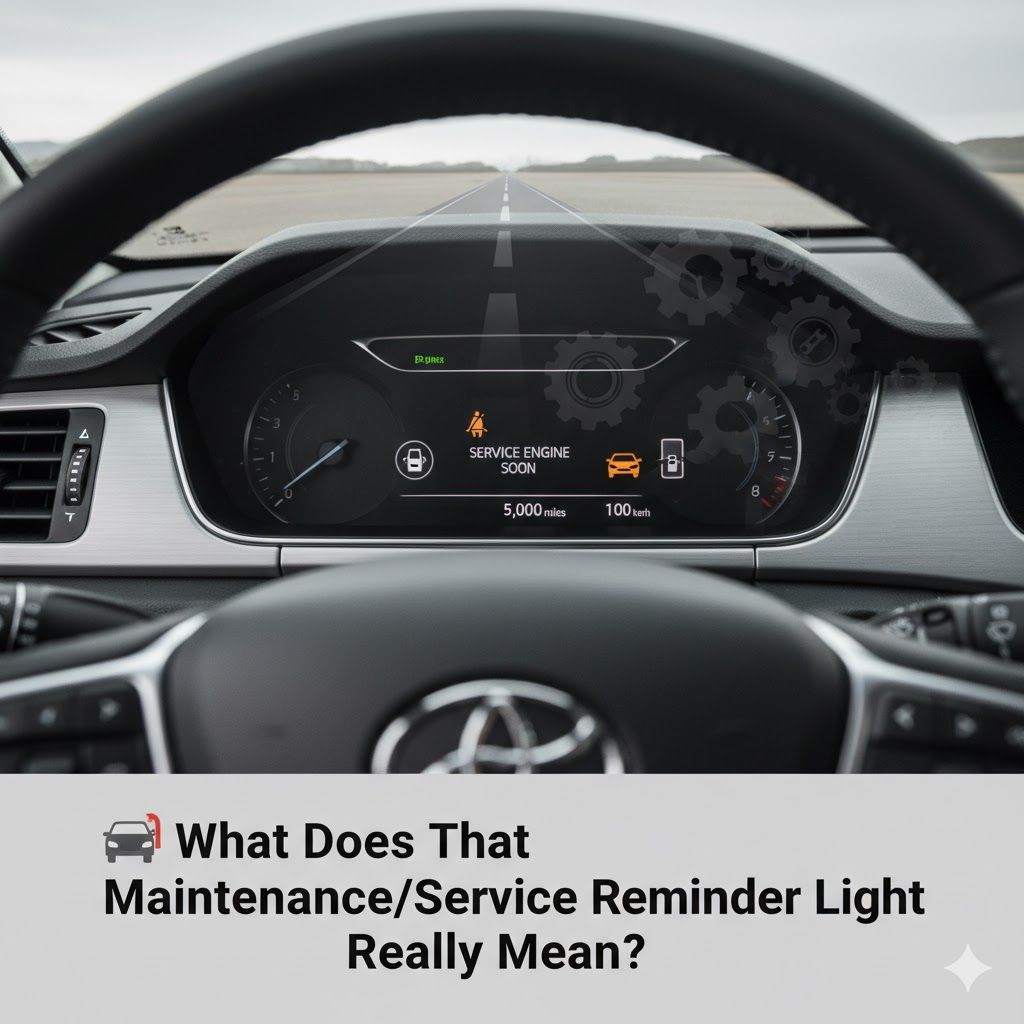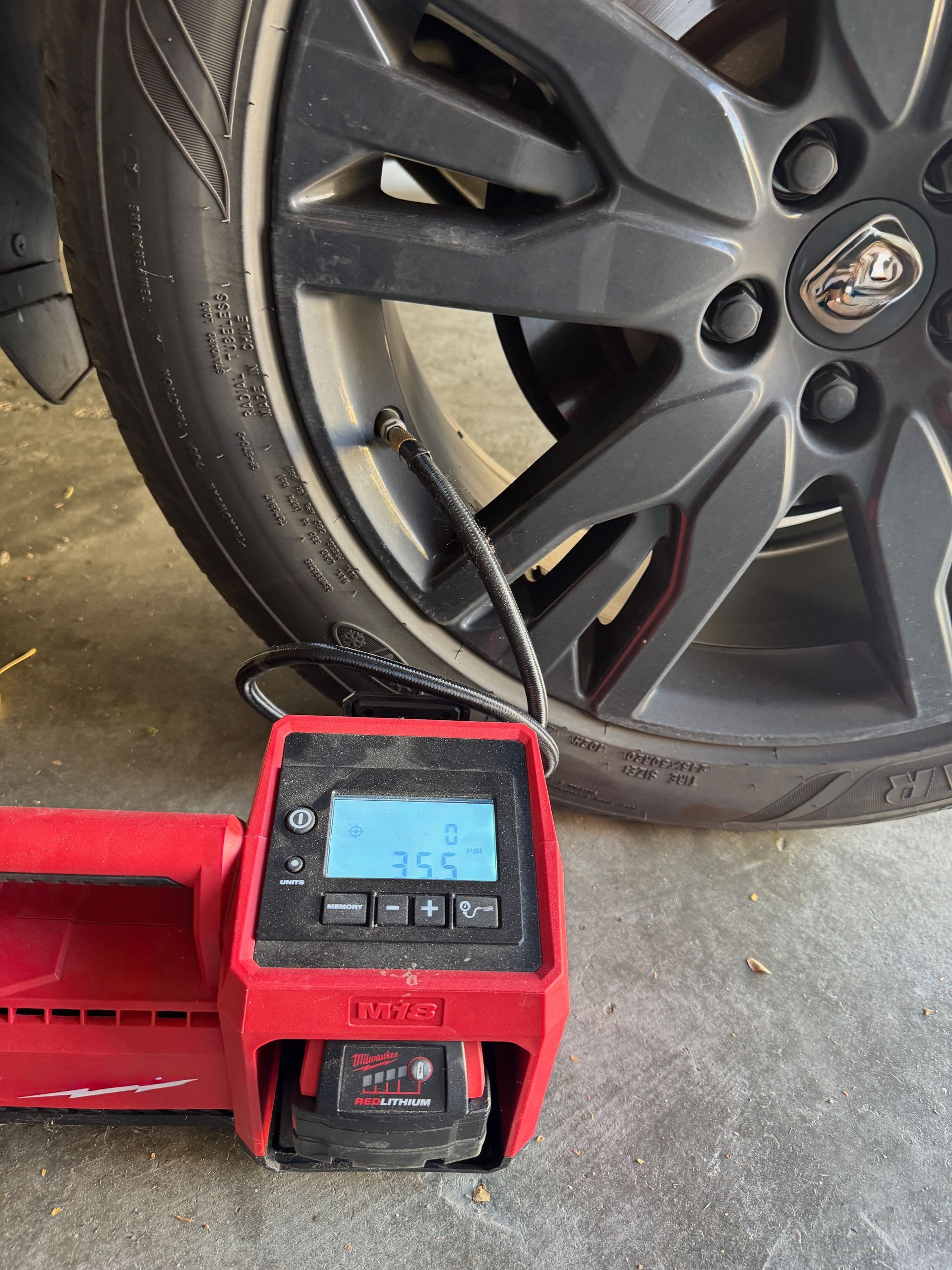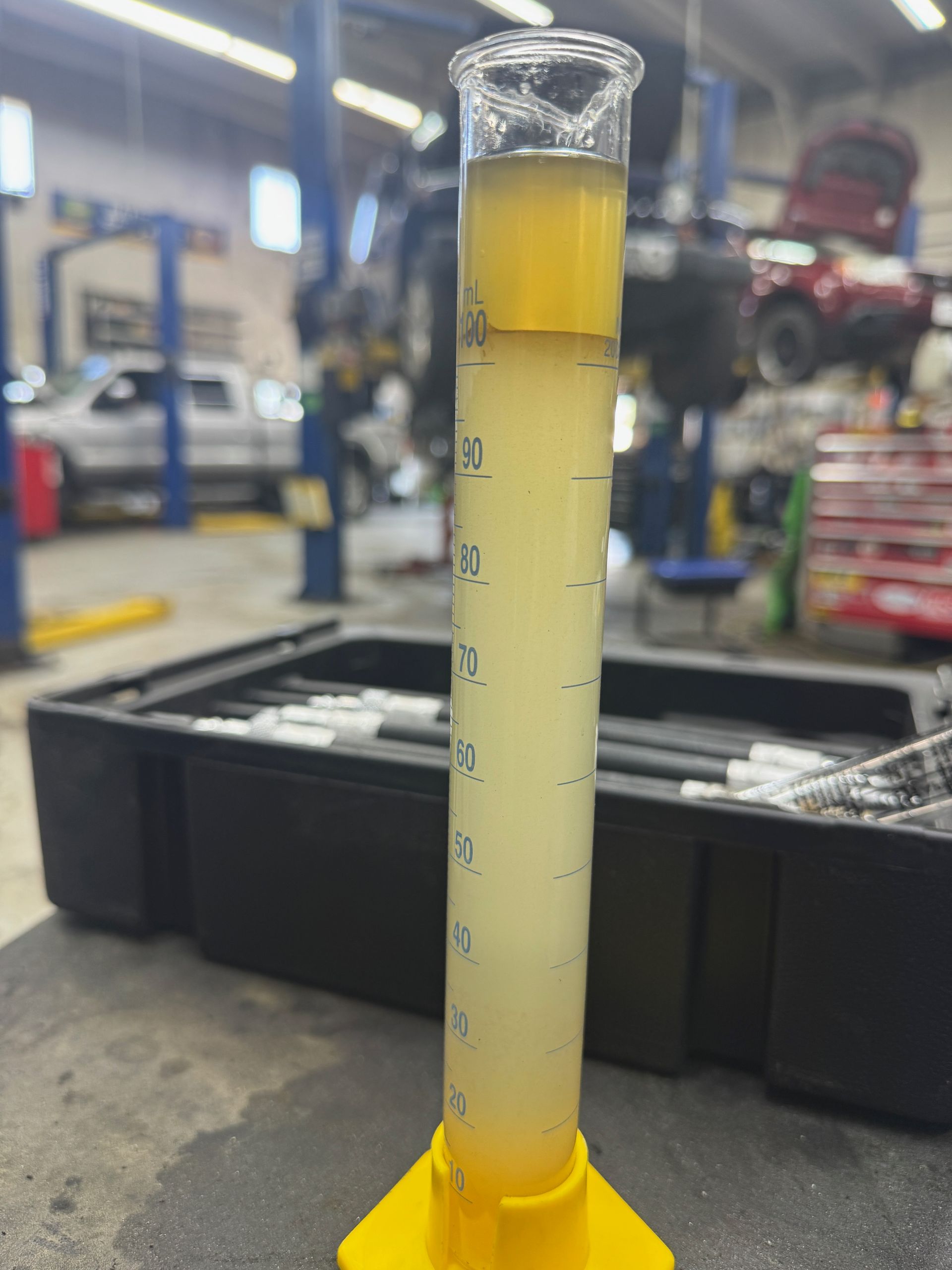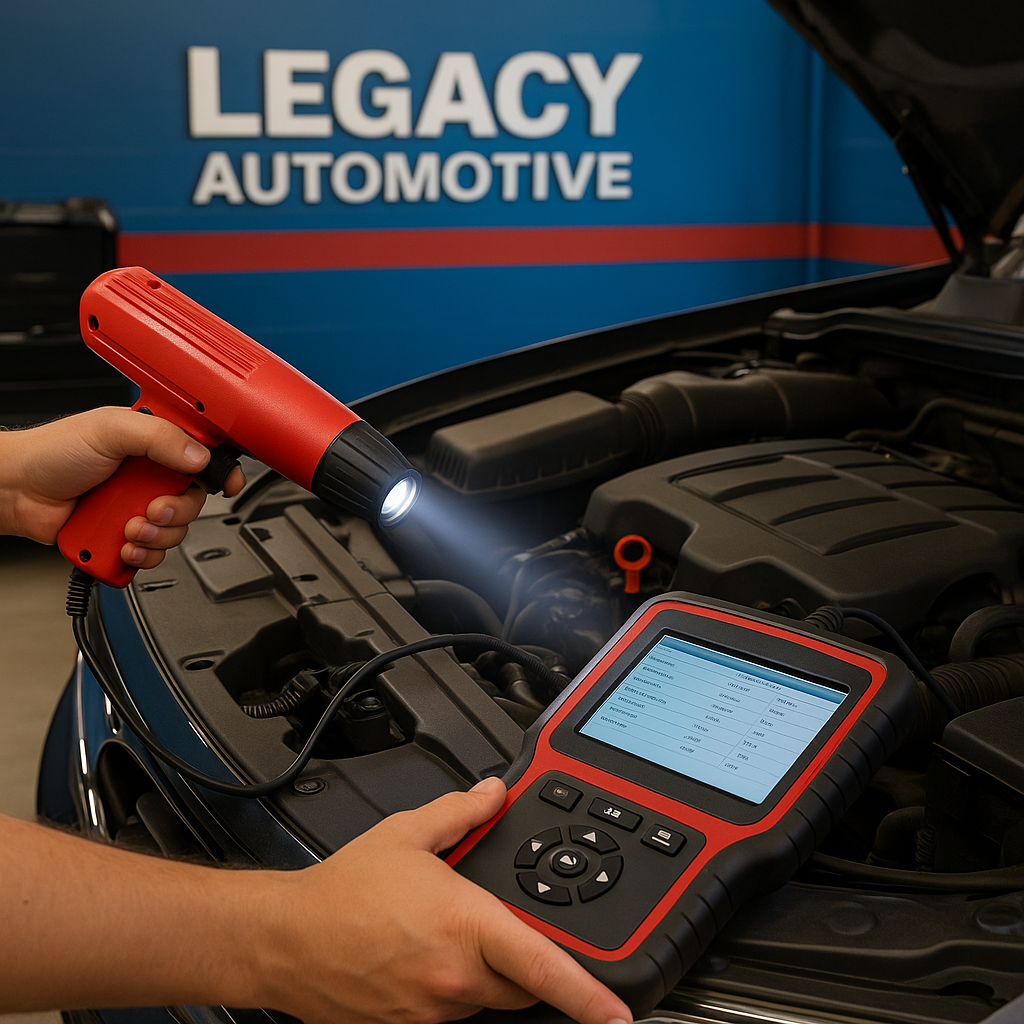Why Chain Auto Parts Stores Don’t Really Diagnose Your Car — and Why You Should See a Professional
Why Chain Auto Parts Stores Don’t Really Diagnose Your Car — and Why You Should See a Professional
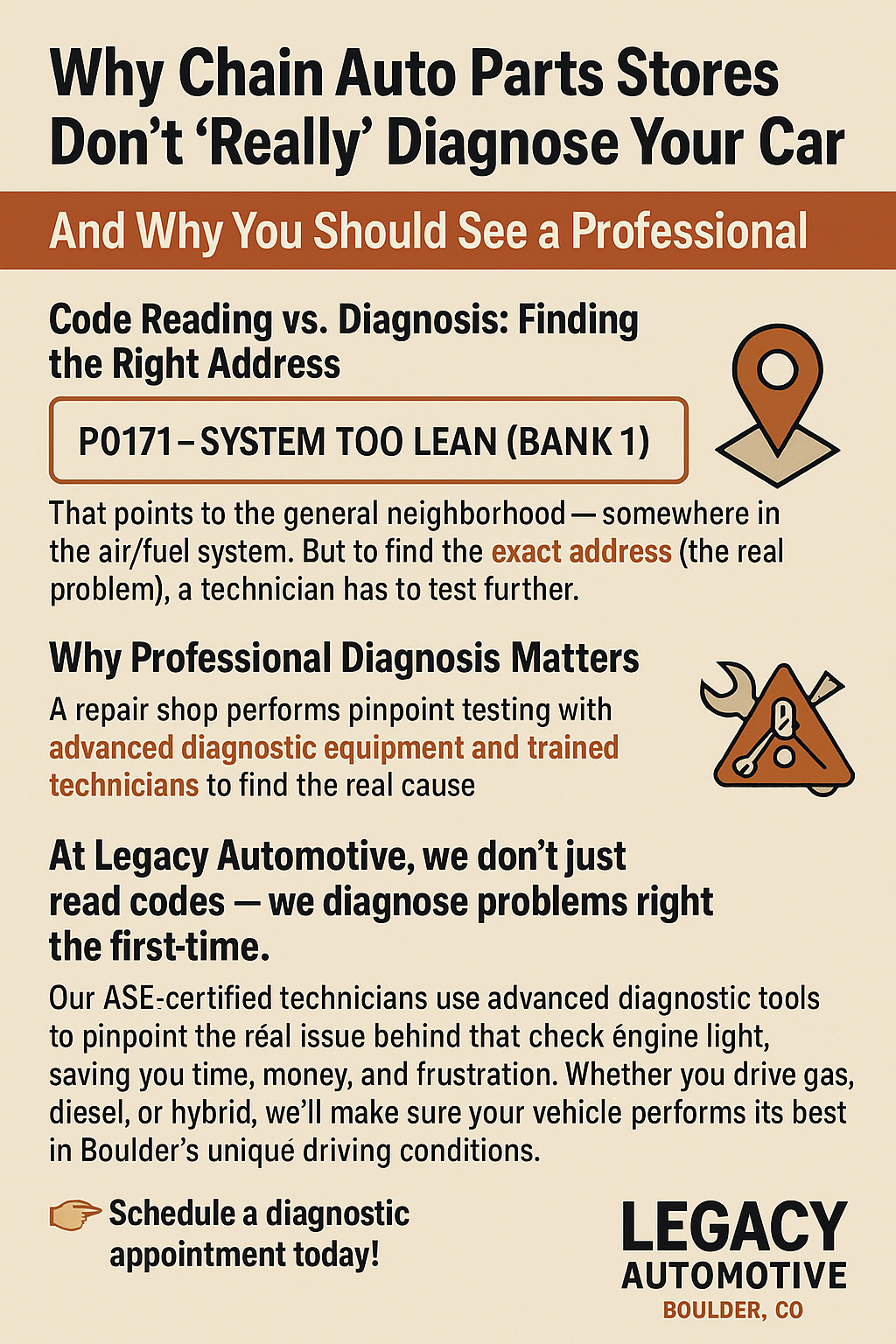
It’s a common story here in Colorado: your Check Engine light comes on, you stop by a local chain auto parts store, and they offer to “diagnose” it for free. Sounds great, right? Free diagnosis, quick answers, and maybe even a simple fix.
But here’s the truth: those stores aren’t actually diagnosing your car — they’re simply reading the code. And there’s a big difference between pulling a code and diagnosing a problem.
Code Reading vs. Diagnosis: Finding the Right Address
At our shop, we like to explain it this way:
A diagnostic trouble code (DTC) is like a ZIP Code.
When a parts store employee plugs in a scanner, they’re giving you the ZIP Code of the problem area — not the exact street address.
For example:
- Code P0171 – “System Too Lean (Bank 1)”
- That points to the general neighborhood — somewhere in the air/fuel system. But to find the exact address (the real problem), a technician has to test further. It could be a vacuum leak, a bad oxygen sensor, a dirty mass airflow sensor, or even low fuel pressure.
A true diagnosis means finding that exact address — the specific part, system, or fault that’s really causing the issue. That takes training, the right equipment, and the ability to interpret what the data is saying.
Why the “Free Scan” Can Mislead You
Auto parts stores offer free code scans as a convenience — and to help sell parts. But since they don’t perform actual diagnostics, they can’t confirm the true cause.
You might hear, “It’s probably your O2 sensor” or “Try a new gas cap.” Sometimes that guess might be right, but often it isn’t. And when it’s wrong, you’ve just replaced a good part and the light still comes back on.
We see this all the time — people spend hundreds of dollars swapping parts that weren’t bad in the first place. It’s frustrating, and it doesn’t fix the problem.
Why Professional Diagnosis Matters
A professional repair shop doesn’t guess. We use advanced diagnostic equipment and, more importantly, trained technicians who know how to interpret what the car is telling us.
A professional diagnosis can include:
- Live data analysis (seeing how sensors perform in real time)
- Fuel pressure testing
- Smoke testing for vacuum leaks
- Electrical testing of sensors and circuits
- Manufacturer-specific scan tools for accurate readings
In Colorado, where altitude, cold starts, and variable fuel blends can affect engine performance, proper testing is even more important. A misfire or fuel issue caused by thin mountain air might look completely different at sea level — and only a trained technician will know the difference.
The Bottom Line
The free scan from a chain auto parts store can be a helpful first step, but it’s not the full picture.
If your check engine light is on:
- Get the code read if you’re curious — think of it as finding the ZIP Code.
- Bring that information to a qualified mechanic — they’ll find the exact address.
- Avoid replacing parts based on guesses — it’ll save you money and headaches.
Your car deserves a real diagnosis — not just a ZIP Code.
🔧
Legacy Automotive — Boulder, CO
At Legacy Automotive, we don’t just read codes — we diagnose problems right the first time. Our ASE-certified technicians use advanced diagnostic equipment to pinpoint the real issue behind that check engine light, saving you time, money, and frustration. Whether you drive a gas, diesel, or hybrid, we’ll make sure your vehicle performs its best in Boulder’s unique driving conditions.
👉 Schedule a diagnostic appointment today with Legacy Automotive — where accuracy and integrity drive everything we do.
